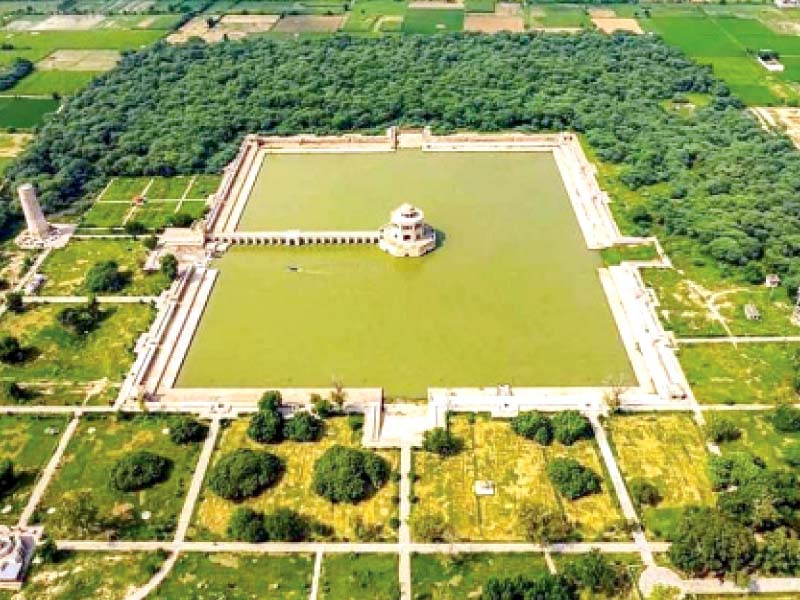
Punjab Archaeology Department, with the help of the wildlife protection authorties, has decided to build a mini zoo in the area of Hiran Minar.
Hiran Minar is a monument of Mughal era in Sheikhupura, near Lahore. It has been decided that different types of deer will be released to make the site a more attractive tourist spot.
The Hiran Minar is deemed as an everlasting symbol of human-deer friendship around the world.
The archaeology department had also made arrangements for lighting on the tower.
Punjab Archaeology Director Malik Maqsood told The Express Tribune that the Hiran Minar had a special connection with the deer. “This is why we have decided to release deer in this area. In this regard, an agreement has been made with the wildlife protection department, which will set up a mini zoo here.”
Not only different species of deer will be released in it but also other animals and birds will be kept, he added.
The historic city of Sheikhupura was founded by the Mughal emperor Nooruddin Muhammad Jahangir, the archaeology director added. “Jahangir's mother affectionately called him Sheikhu and for this reason the new city was named Sheikhupura.”
According to historical traditions, King Jahangir had a deer named Hans Raj, which he liked very much. When the deer died, Jahangir built a minaret on his grave, which was named Hiran Minar.
Hans Raj died of a disease in 1607. Jahangir was deeply saddened by his death and remained sad for many days. In 1608, Emperor Jahangir ordered the construction of a tall minaret on the tomb of Hans Raj.
Jahangir's architect took an interest in the work himself and the tombstone was made in the shape of a deer by his order. Maqsood added that when this beautiful minaret was completed, its height was 130 feet. The top part of it fell down due to an accident and now it is 110 feet high. The pond and Baradari were completed by Iradat Khan in 1620, which the emperor liked very much. The pond is 750 feet wide and 890 feet long.
A 450 feet wide ditch was built along the pond.
According to historians, water was brought from the Ravi river, 30km away, to the pond through the drain but now the traces of the system are gone. Around 13 years after the construction of the minaret, by the order of Mughal Emperor Shah Jahan, some important changes were made in the pond and the minaret in 1638 at a cost of about Rs80,000 at the time.
Punjab Wildlife Headquarters Deputy Director Mudassir Hassan said that regarding the establishment of a mini zoo in the Hiran Minar, a special review meeting was also held at the site a few months ago under the chairmanship of Punjab Wildlife and Parks Director General Malik Sanaullah Khan.
The meeting was specially attended by tourism department officials, archaeological officers, the wildlife deputy director and Sheikhupura wildlife assistant director.
The meeting discussed various aspects of keeping deer and other wildlife at Sheikhupura Mini Zoo including their food, care, breeding and suitable habitats.
Moreover, the importance of the historic tower will be highlighted to the new generation. Abdul Rehman, a visitor to Hiran Minar, said that the site was a masterpiece of Mughal architecture and a complete recreational spot for tourists. “The Hiran Minar is a great monument and a rare masterpiece of Mughal architecture.”
Published in The Express Tribune, June 1st, 2021.

1672385156-0/Andrew-Tate-(1)1672385156-0-405x300.webp)





1732012115-0/Untitled-design-(14)1732012115-0-270x192.webp)
1732002687-0/Untitled-design-(11)1732002687-0-270x192.webp)









COMMENTS
Comments are moderated and generally will be posted if they are on-topic and not abusive.
For more information, please see our Comments FAQ